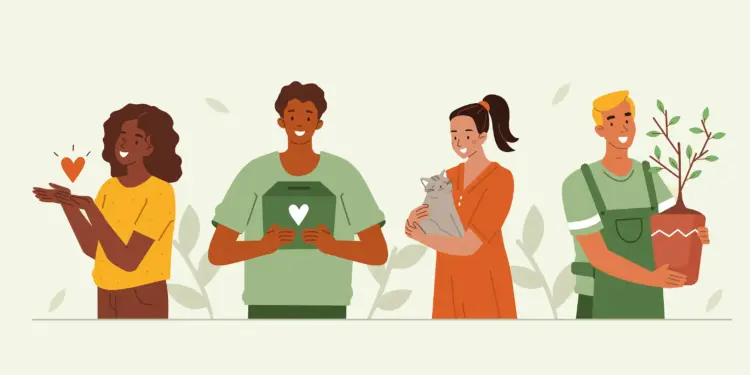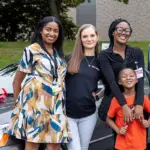 by Debbie Leazer
by Debbie Leazer
In today’s philanthropic landscape, one of the most pressing challenges facing nonprofits is connecting with younger generations of volunteers and donors. Millennials and Gen Z are socially conscious, digitally fluent, and eager to make a difference, but reaching and retaining them requires a different approach than traditional outreach.
Some believe we are in the midst of the largest generational wealth transfer in history, as trillions of dollars pass from the Baby Boomer generation to their heirs. This historic shift presents both opportunities and challenges for philanthropy, and community impact. Could this be the opportunity for families to create lasting legacies and shape the future of their communities for future generations?
While previous generations often gave out of a sense of obligation or long-standing loyalty, younger supporters are more motivated by impact, transparency, and values alignment. They’re also navigating student debt, economic uncertainty, and information overload, which makes capturing their attention, and their hearts a strategic endeavor.
Younger donors want to know exactly who they are helping and how. Always use real stories and direct outcomes to demonstrate the impact of their support. Showcasing peer testimonials and the voices of those directly impacted is a way to create connection and relatability. Platforms like Instagram, TikTok, LinkedIn, and YouTube are critical to visibility. Use short videos, reels, and behind-the-scenes content to show authenticity. Ensure your giving platforms are mobile-friendly and include text-to-give options, so donating on their phone is as quick and seamless as sending a text.
Today’s professionals are busy, so offer short-term, drop-in volunteer opportunities. Create events that blend social interaction with service—such as team-based volunteer days, service/happy hour combos, or cause-driven networking events.
Recognition is key – Publicly recognize young donors and volunteers online or at events. Consider launching a “Young Benefactors Circle” or similar program, offering exclusive opportunities, branded merchandise, or behind-the-scenes access to keep them engaged.
To overcome many of these challenges, organizations must adapt, creating relationships — not just transactions. Partnerships between businesses and nonprofits can also play a critical role by co-hosting events, encouraging employee volunteerism, and integrating giving into workplace culture.
Younger volunteers and donors are looking for purpose, connection, and authenticity. Make it easy for them to say yes – and make the experience meaningful when they do.









